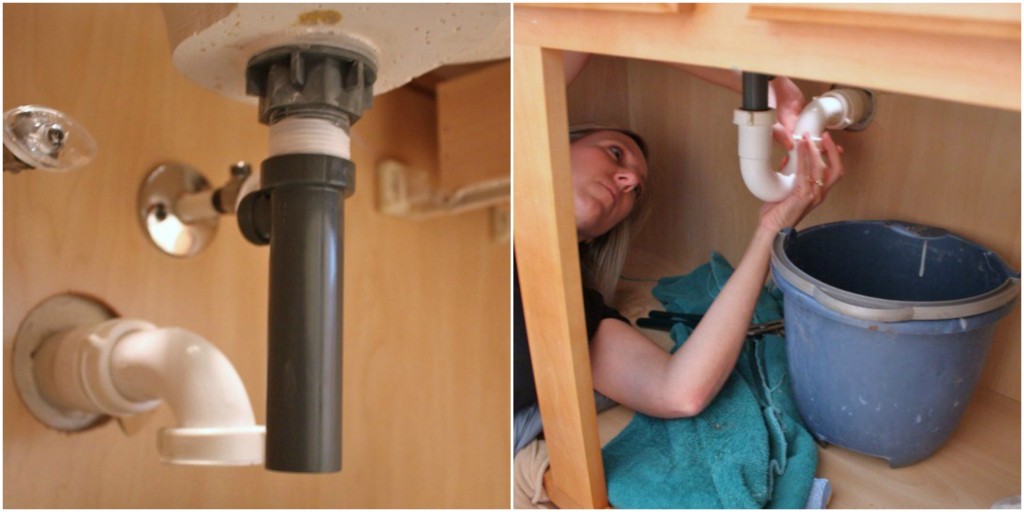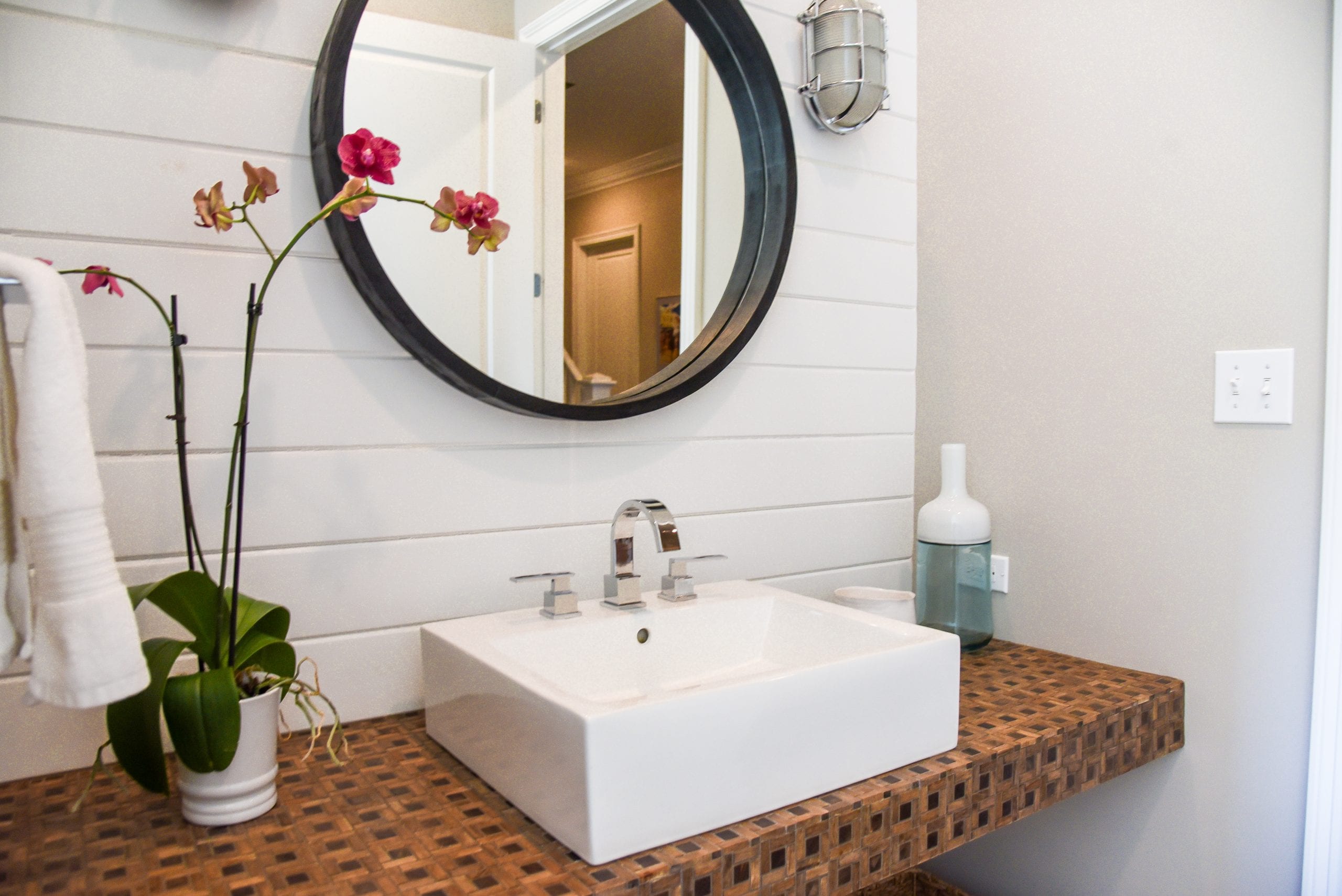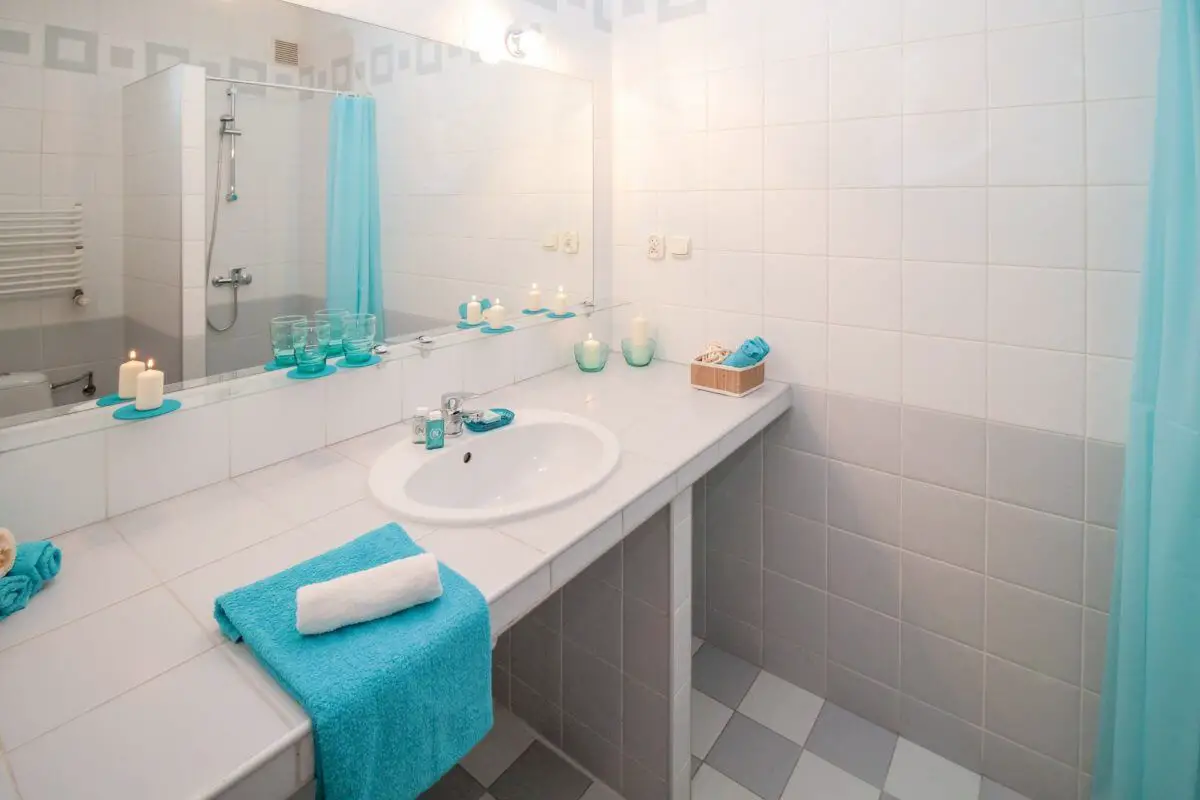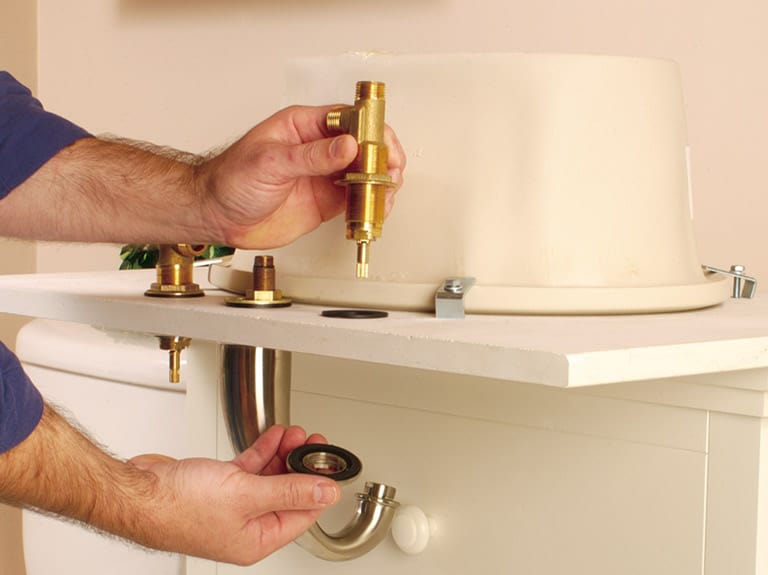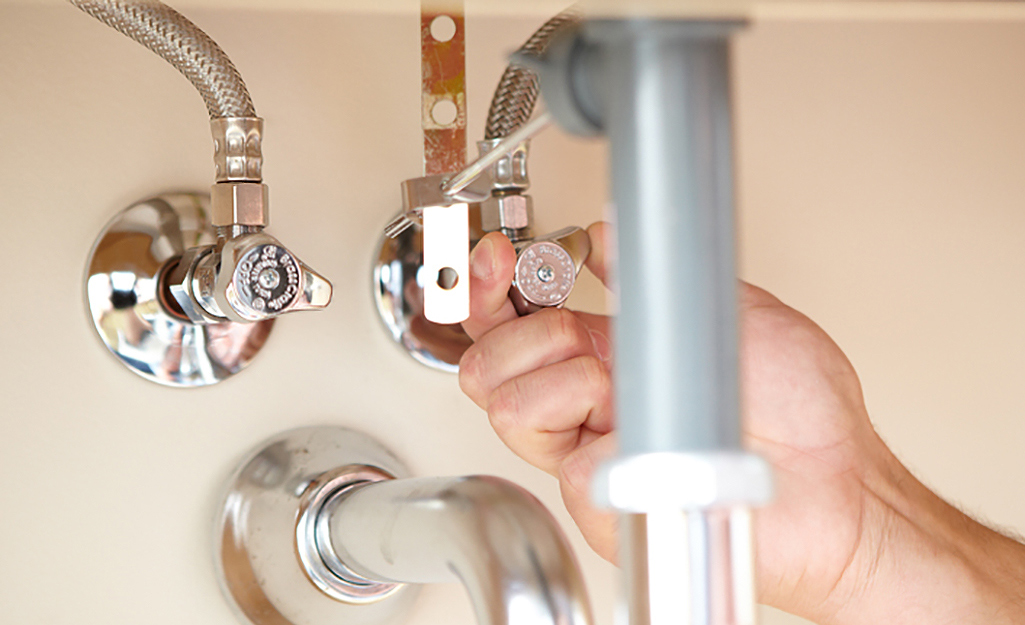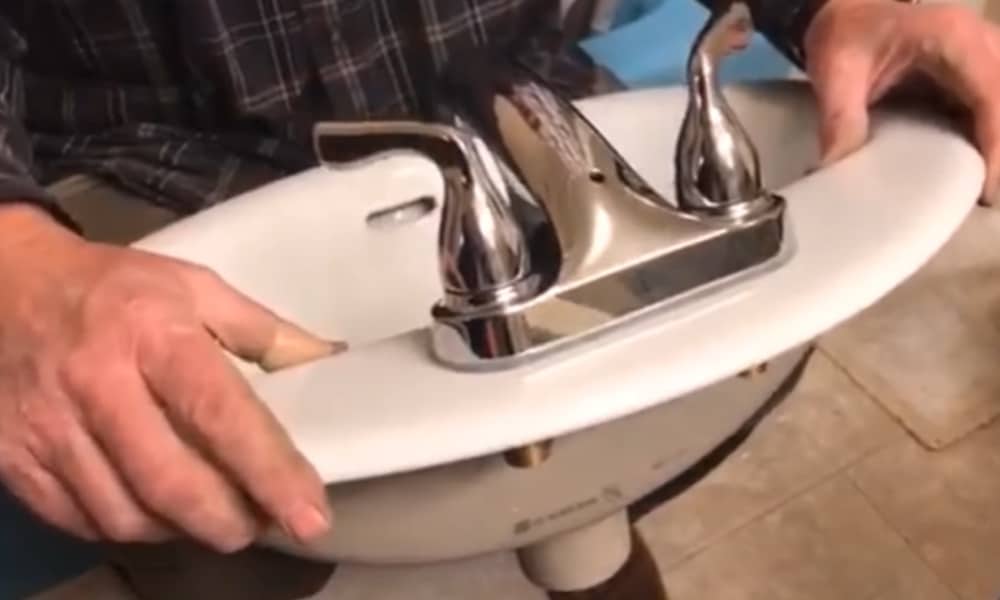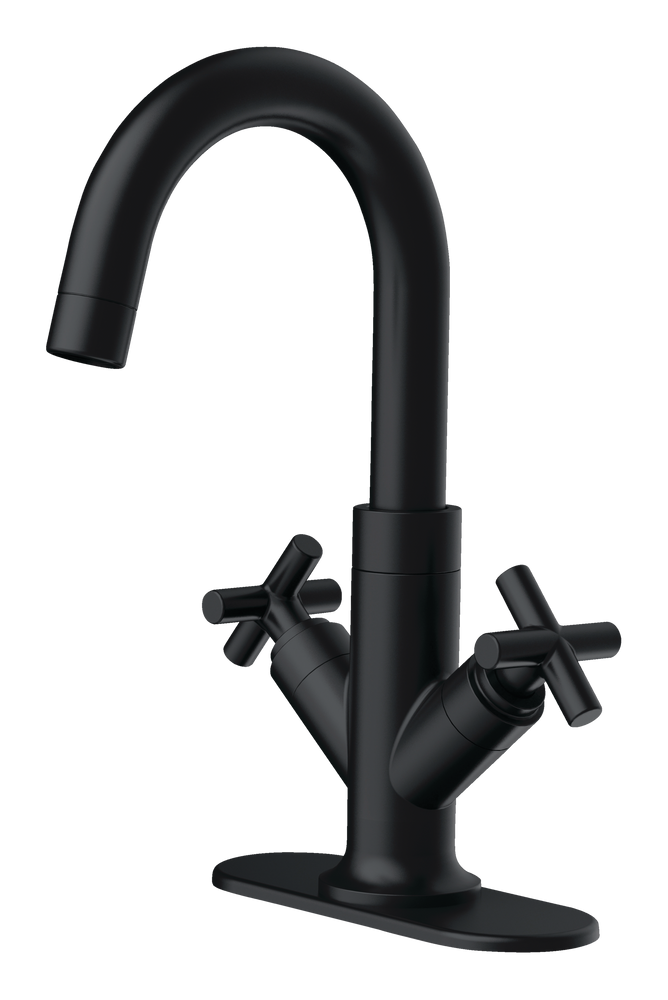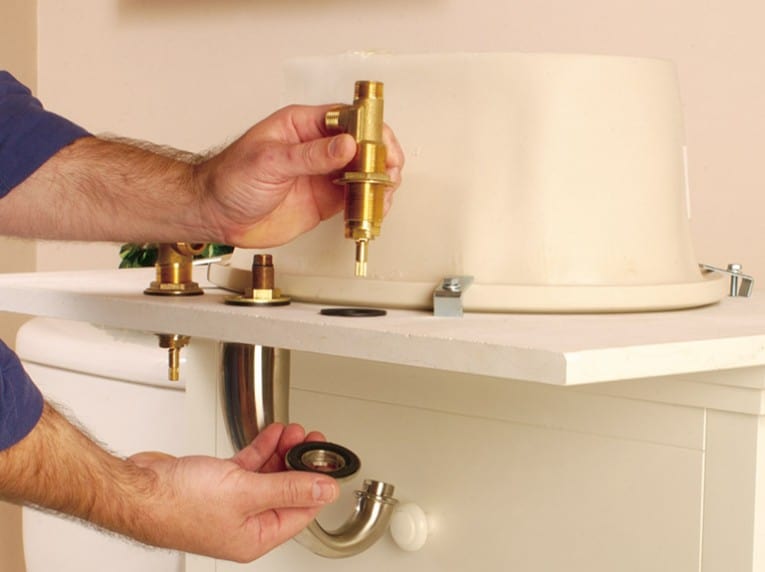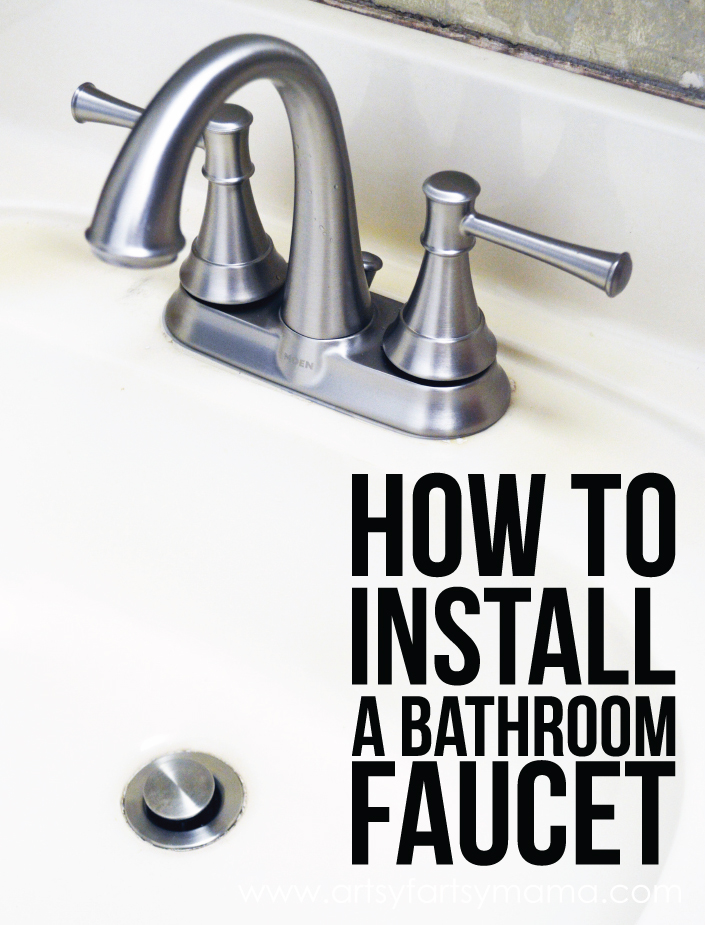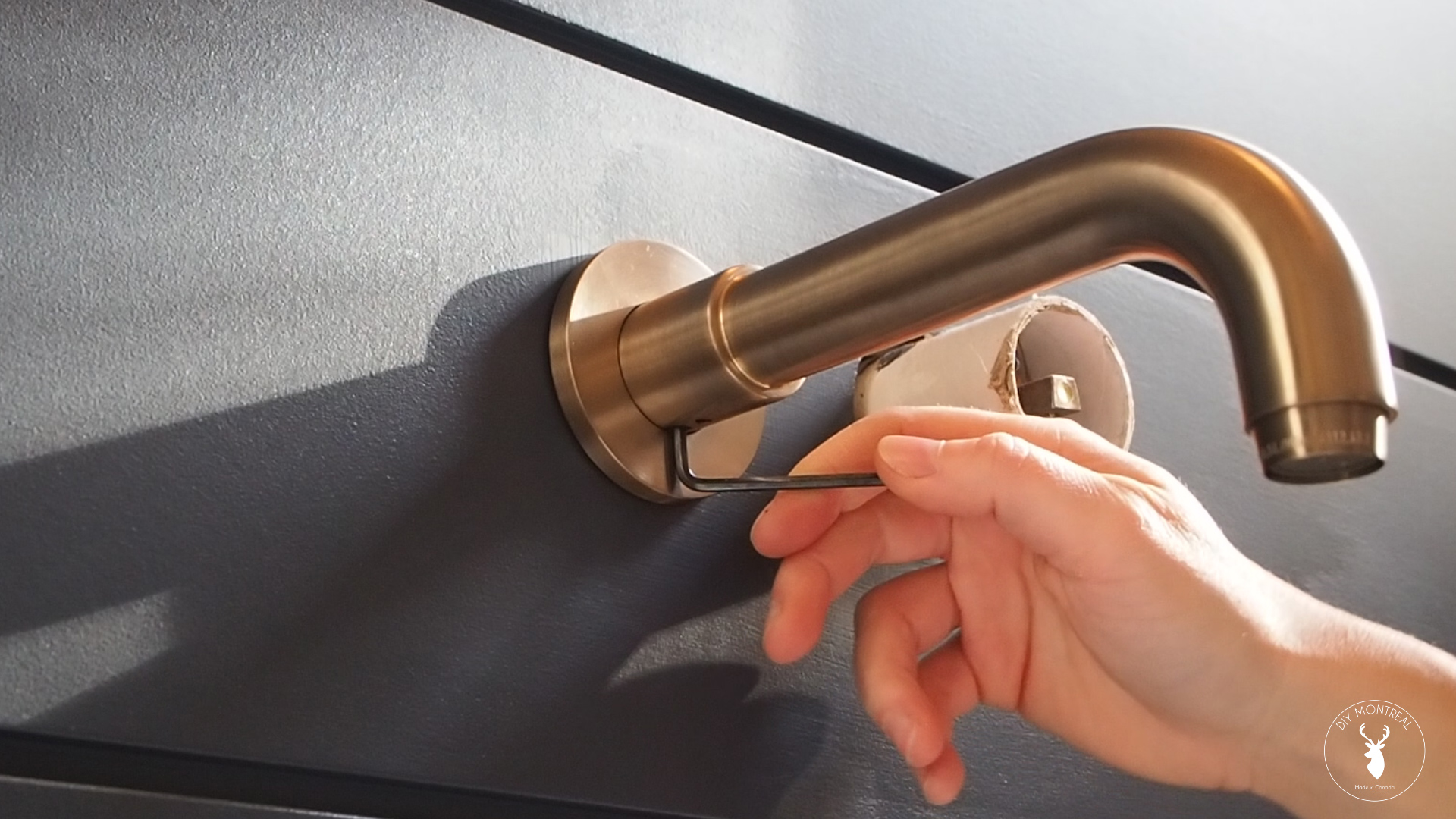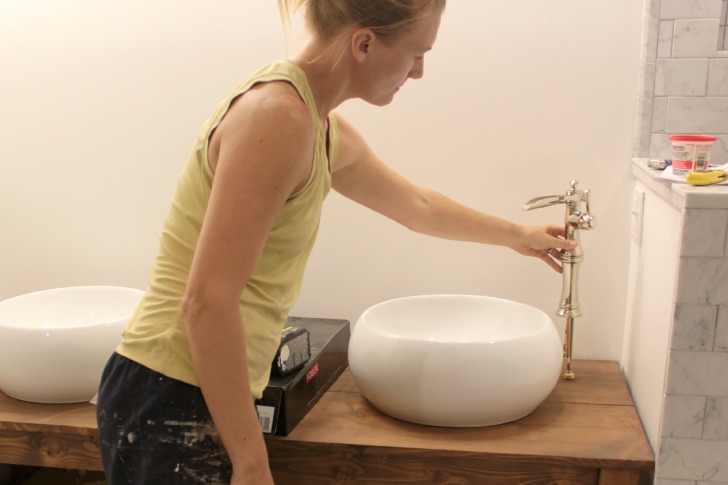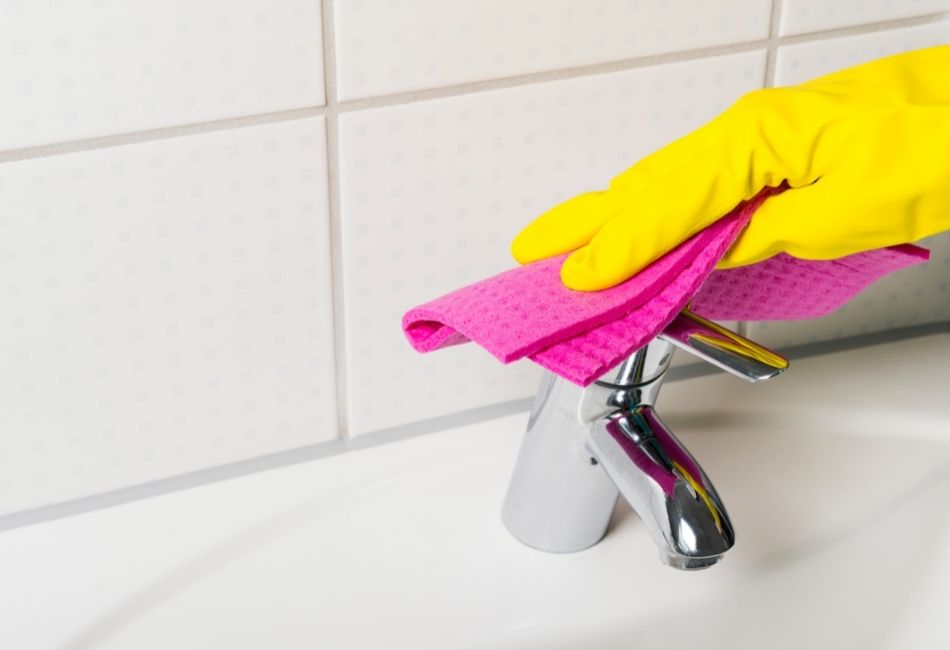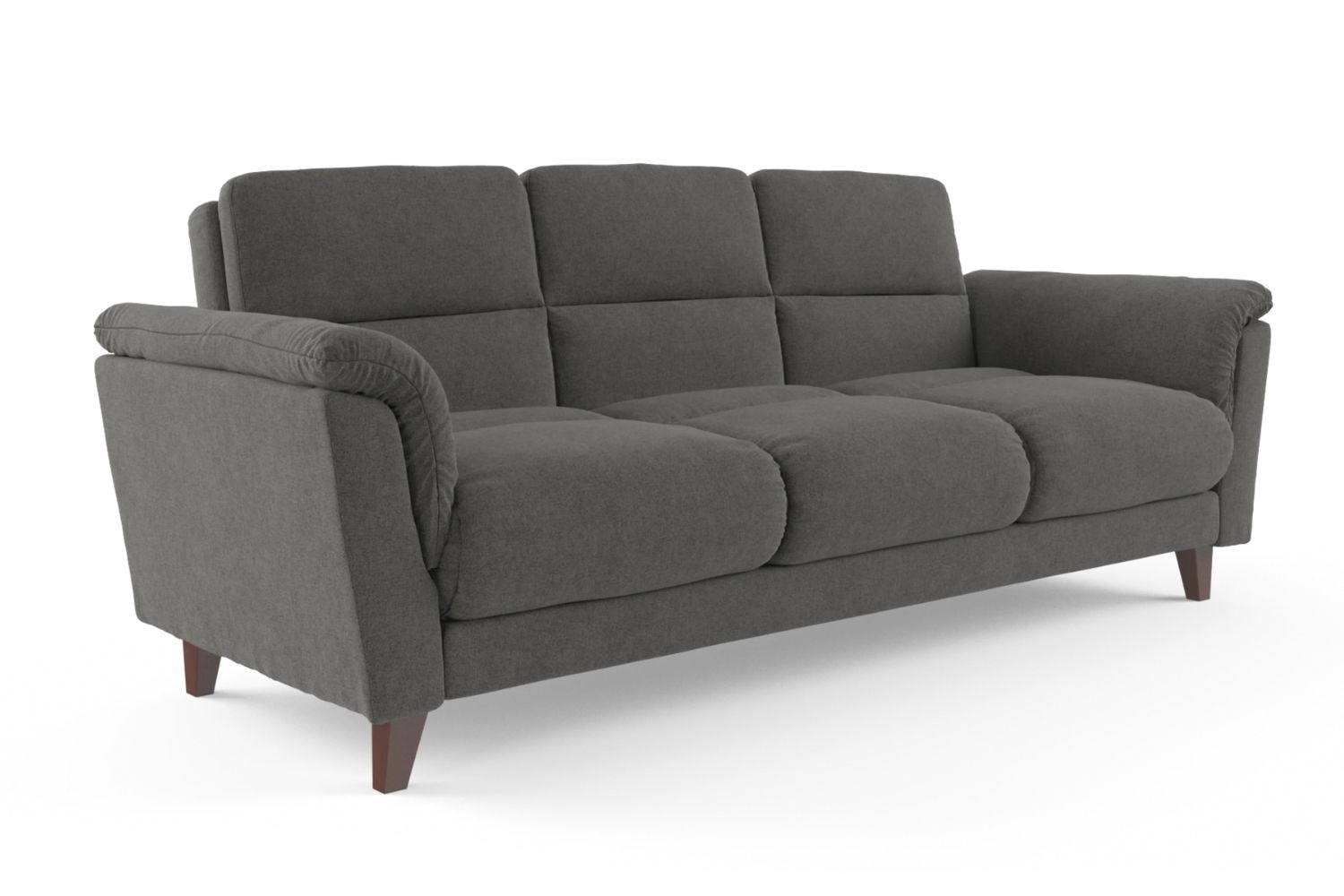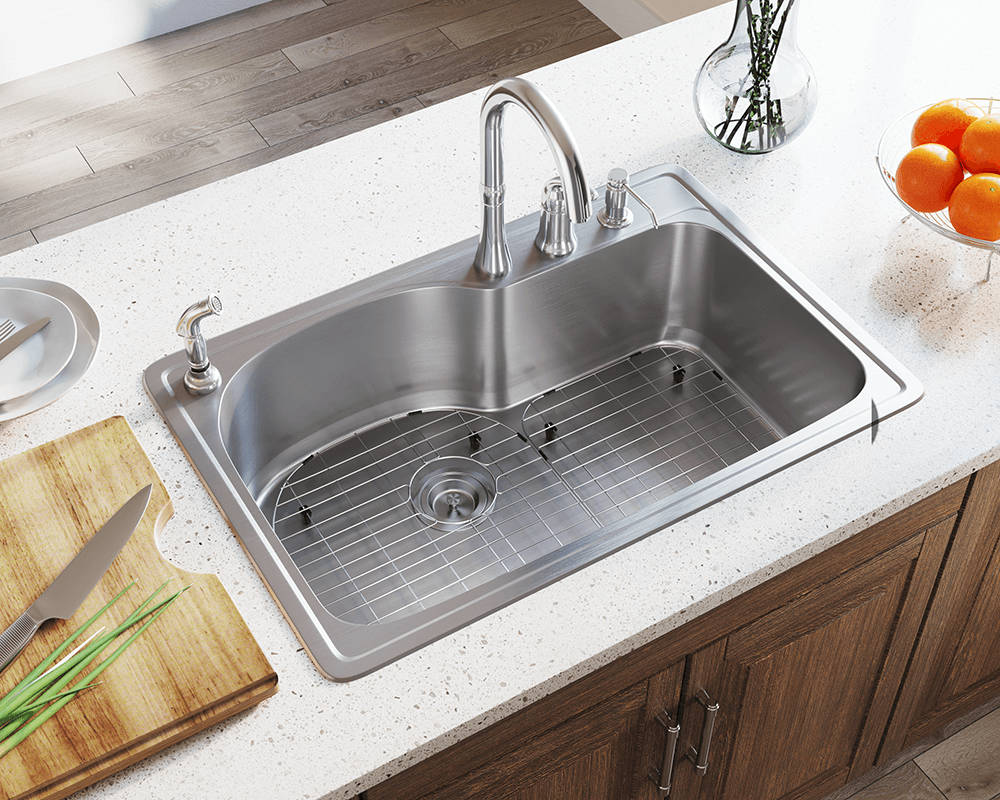Installing a new bathroom sink faucet may seem like a daunting task, but with the right tools and knowledge, it can be a quick and easy DIY project. Not only will it update the look of your bathroom, but it can also improve the functionality of your sink. Follow this step-by-step guide to learn how to install a bathroom sink faucet like a pro.How to Install a Bathroom Sink Faucet
Before you begin, make sure you have all the necessary tools and materials for the job. This includes a new faucet, adjustable wrench, plumber's putty, silicone caulk, and a bucket or towel to catch any water that may spill. Step 1: Turn off the water supply to your sink. Look for the shut-off valves under the sink and turn them clockwise to shut off the water. Step 2: Remove the old faucet. Use a wrench to loosen and remove the nuts holding the faucet in place. Once the nuts are removed, lift the old faucet off the sink. Step 3: Clean the sink surface. Use a cleaner or vinegar and water solution to thoroughly clean the area where the new faucet will be installed. Step 4: Apply plumber's putty. Take a small amount of plumber's putty and roll it into a thin rope. Place the putty around the base of the faucet where it will make contact with the sink. Step 5: Install the new faucet. Carefully place the new faucet onto the sink, making sure the holes line up with the water supply lines. Using the nuts provided, secure the faucet in place. Step 6: Connect the water supply lines. Use a wrench to tighten the water supply lines onto the faucet. Make sure they are secure and not leaking. Step 7: Turn the water supply back on. Test the new faucet by turning on the water supply and checking for any leaks. If everything looks good, dry off the sink and move on to the next step. Step 8: Apply silicone caulk. Apply a thin line of silicone caulk around the base of the faucet to create a watertight seal. Use a damp cloth to smooth out any excess caulk. Step 9: Clean up. Use a clean cloth to wipe away any excess putty, caulk, or water from the sink and surrounding area. Step 10: Enjoy your new faucet! Turn the water supply back on and enjoy your newly installed bathroom sink faucet.Step-by-Step Guide for Installing a Bathroom Sink Faucet
Installing a bathroom sink faucet yourself can save you money and give you a sense of accomplishment. However, it's important to follow the manufacturer's instructions and be cautious when working with water and plumbing. If you are unsure about any steps, it's always best to consult a professional.DIY Bathroom Sink Faucet Installation
If you're looking to upgrade your bathroom sink faucet, there are a few tips and tricks that can make the installation process smoother. One tip is to use a basin wrench to make it easier to reach and tighten the nuts under the sink. Another helpful trick is to use a plastic bag filled with vinegar to remove any mineral deposits from the old faucet before installing the new one.Installing a New Bathroom Sink Faucet: Tips and Tricks
With the right tools and preparation, installing a bathroom sink faucet can be a quick and easy task. Make sure to turn off the water supply and have all the necessary tools and materials ready before you begin. Following the steps outlined in this guide can help ensure a successful and efficient installation.Quick and Easy Bathroom Sink Faucet Installation
If you're a beginner when it comes to plumbing, installing a bathroom sink faucet can seem overwhelming. But with this ultimate guide, you'll have all the information you need to tackle this project with confidence. From gathering the right tools to connecting the water supply lines, this guide covers all the essential steps for a successful installation.The Ultimate Guide to Installing a Bathroom Sink Faucet
Before you begin installing a new bathroom sink faucet, it's important to know a few key things. First, make sure the faucet you have chosen is compatible with your sink. Also, be aware of the water supply line size and any additional parts or tools you may need. It's also helpful to have a basic understanding of plumbing and be comfortable working with water and tools.Bathroom Sink Faucet Installation: What You Need to Know
Even with all the right tools and preparation, mistakes can still happen during a bathroom sink faucet installation. Some common mistakes to avoid include over-tightening the nuts, not properly cleaning the area before installation, and not attaching the water supply lines securely. Be sure to double-check your work and take your time to avoid any costly mistakes.Installing a Bathroom Sink Faucet: Common Mistakes to Avoid
If you prefer a visual guide for your DIY projects, there are many step-by-step tutorials available online for installing a bathroom sink faucet. These tutorials often include helpful photos or videos to guide you through each step of the process. Just make sure to follow the instructions carefully and refer back to the manufacturer's instructions for any specific details.Step-by-Step Tutorial for Installing a Bathroom Sink Faucet
For those who want to go above and beyond with their bathroom sink faucet installation, there are some expert tips and tricks you can use to take your project to the next level. One tip is to use Teflon tape on the water supply line connections to prevent leaks. Another helpful tip is to use a level to ensure the faucet is straight and properly aligned with the sink. In conclusion, installing a bathroom sink faucet may seem like a daunting task, but with the right knowledge and tools, it can be a fulfilling and cost-effective DIY project. By following this guide and using some helpful tips and tricks, you can have a beautiful new faucet installed in no time.Expert Tips for Installing a Bathroom Sink Faucet
Choosing the Right Bathroom Sink Faucet
Consider the Style and Functionality
 When it comes to designing your bathroom, the little details can make a big impact. One of these details is the bathroom sink faucet. Not only does it need to complement the overall aesthetic of your bathroom, but it also needs to be functional and durable. When choosing a bathroom sink faucet, keep in mind the style and functionality that best suits your needs.
When it comes to designing your bathroom, the little details can make a big impact. One of these details is the bathroom sink faucet. Not only does it need to complement the overall aesthetic of your bathroom, but it also needs to be functional and durable. When choosing a bathroom sink faucet, keep in mind the style and functionality that best suits your needs.
Style: The style of your bathroom sink faucet can range from modern and sleek to traditional and ornate. It's important to consider the design of your bathroom and choose a faucet that will enhance its overall look. For a more cohesive look, you can also match the style of your faucet to other fixtures in the bathroom, such as the showerhead or towel racks.
Functionality: Bathroom sink faucets come in various types, including single-handle, double-handle, and touchless. Single-handle faucets are the most commonly used and offer ease of use, while double-handle faucets allow for more precise temperature control. Touchless faucets are a hygienic option and are becoming increasingly popular in modern bathrooms. Consider your needs and preferences when choosing the functionality of your faucet.
Think About the Materials and Finishes
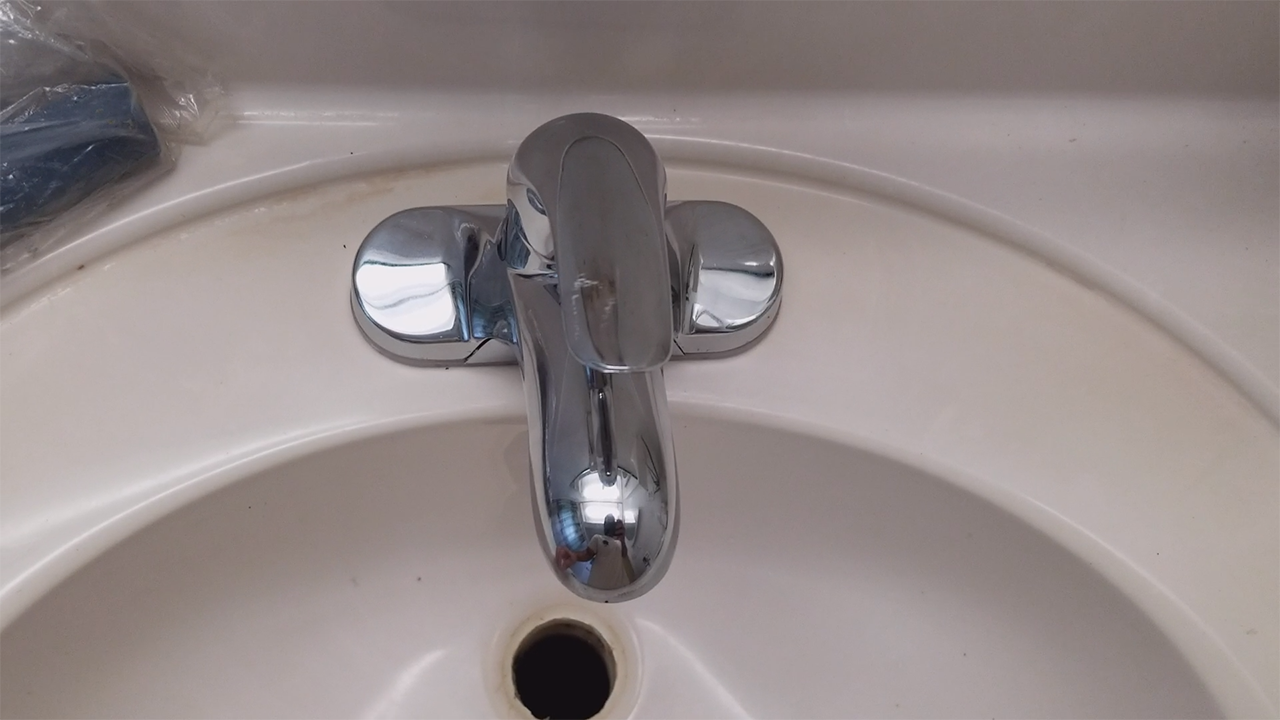 In addition to style and functionality, the materials and finishes of your bathroom sink faucet are also important factors to consider. Not only do they affect the overall look of your faucet, but they also impact its durability and maintenance.
In addition to style and functionality, the materials and finishes of your bathroom sink faucet are also important factors to consider. Not only do they affect the overall look of your faucet, but they also impact its durability and maintenance.
Materials: Bathroom sink faucets can be made from a variety of materials, including chrome, brass, stainless steel, and nickel. Each material has its own unique look and properties. For example, chrome is a popular choice for its durability and affordability, while brushed nickel offers a more modern and sophisticated look.
Finishes: Finishes refer to the color or coating of the faucet. Some popular options include polished, brushed, or matte finishes. It's important to choose a finish that not only complements the style of your bathroom but also fits in with the overall color scheme.
Proper Installation is Key
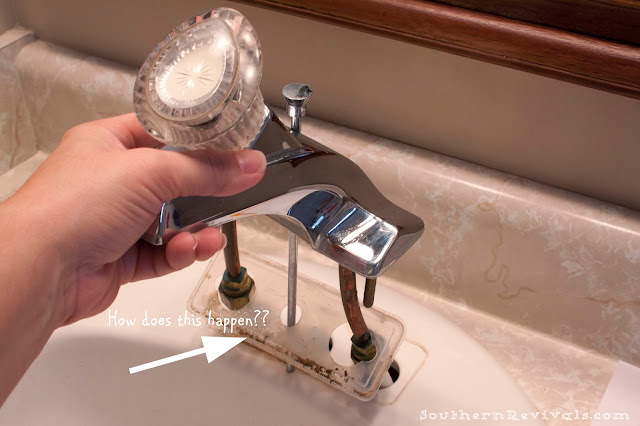 Once you have chosen your perfect bathroom sink faucet, proper installation is crucial for its functionality and longevity. It's recommended to hire a professional plumber for the installation to ensure that it is done correctly and to avoid any potential issues in the future. A professional can also offer advice on the best placement and orientation of the faucet for optimal use.
Once you have chosen your perfect bathroom sink faucet, proper installation is crucial for its functionality and longevity. It's recommended to hire a professional plumber for the installation to ensure that it is done correctly and to avoid any potential issues in the future. A professional can also offer advice on the best placement and orientation of the faucet for optimal use.
In conclusion, choosing the right bathroom sink faucet involves considering the style, functionality, materials, and finishes that best fit your bathroom design and needs. With proper installation, your new faucet will not only enhance the look of your bathroom but also make your daily routine more convenient. So take your time and choose wisely – your bathroom sink faucet is an important part of your overall house design.



